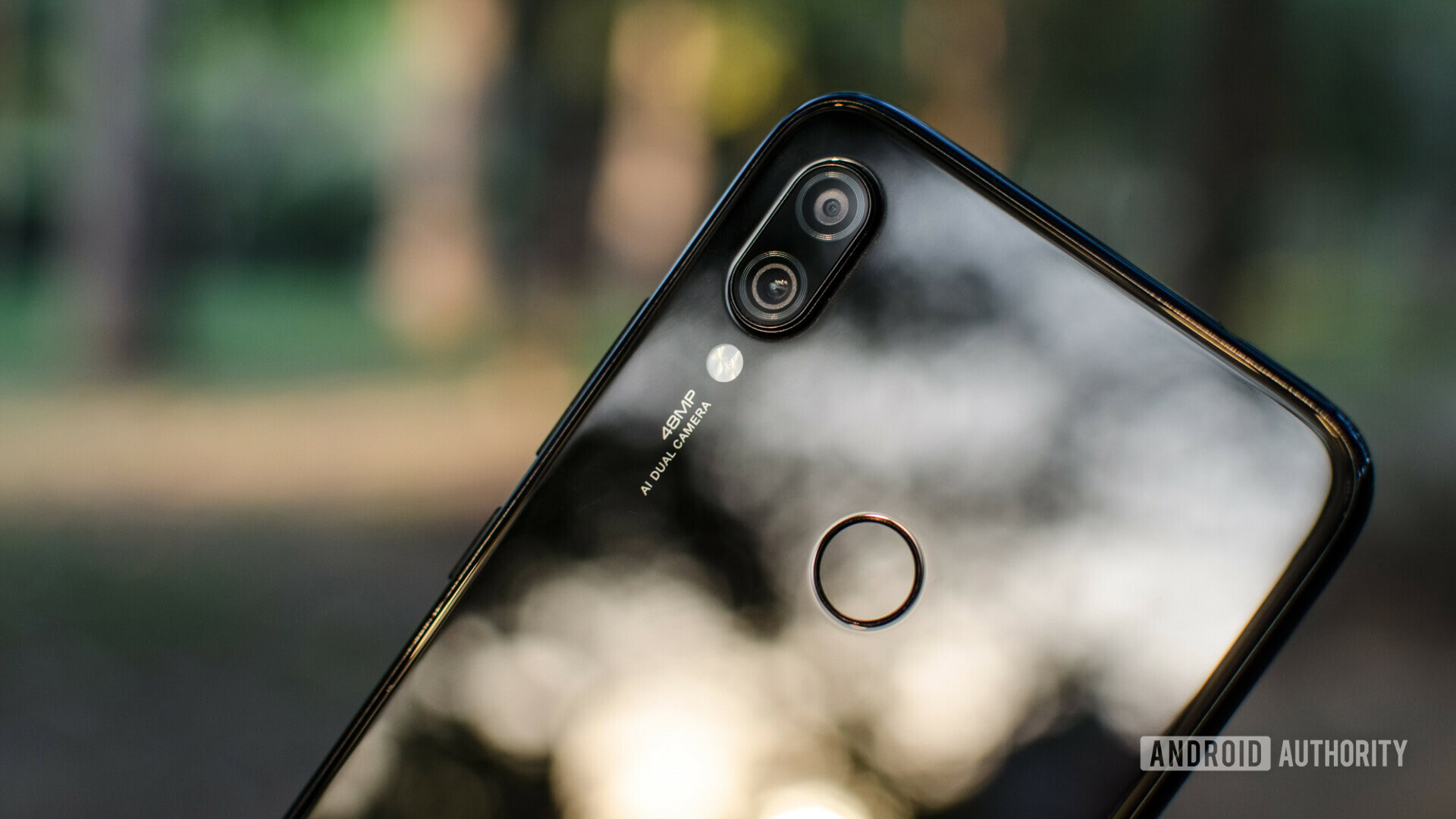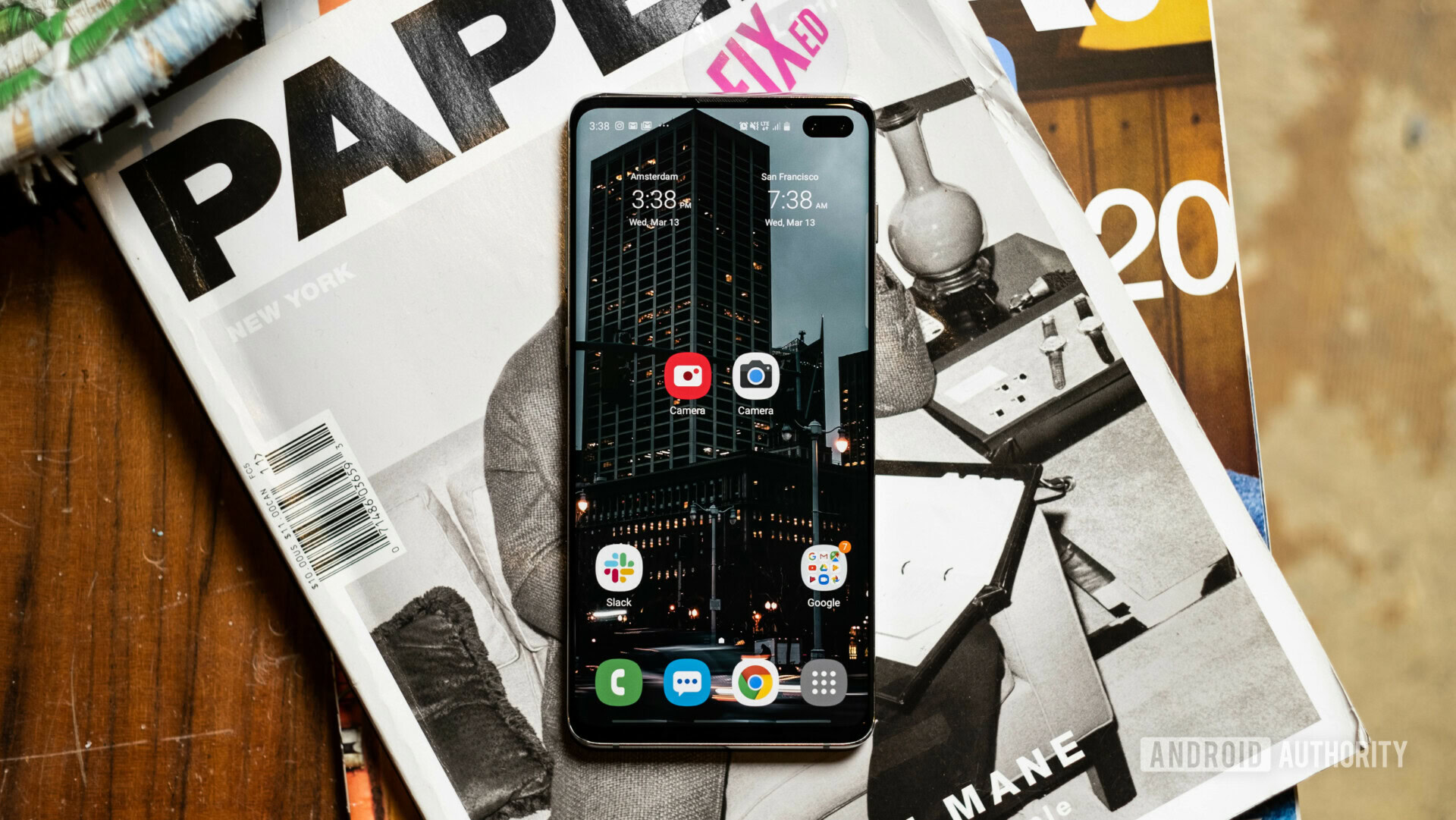Affiliate links on Android Authority may earn us a commission. Learn more.
Expect 64MP and 100MP+ smartphones by end of 2019, says Qualcomm exec

- A Qualcomm executive has reportedly said 64MP and 100MP+ phones are coming this year.
- The executive said multiple brands will offer the technology, suggesting it’s not a once-off move.
- Ultra high resolution cameras generally use pixel-binning tech for great low-light snaps
It seems like the megapixel war has returned to smartphones, as various manufacturers launch 32MP and 48MP devices in recent months. But we aren’t stopping at 48MP, according to a Qualcomm executive.
Judd Heape, Qualcomm’s Senior Director of Product Management (Camera, Computer Vision, and Video), told MySmartPrice that OEMs are working with sensor makers to release 64MP and 100MP+ smartphones later this year.
Read: Qualcomm quietly reveals 192MP photo support for recent chipsets
The executive didn’t divulge any specific details, but reportedly said we can expect “multiple” brands with the tech by the end of the year. This certainly suggests that these sensors are an industry push rather than a once-off move by one OEM.
Ultra high-resolution cameras allow for more detailed daytime snaps, but low-light capture usually suffers due to the smaller pixel size. Fortunately, today’s 48MP sensors offer pixel-binning technology, effectively combining data from four small pixels into one, enabling improved low-light performance. Pixel-binning does however result in lower resolution shots, with 48MP cameras churning out 12MP snaps, for example.
A case of diminishing returns?
These new sensors are likely going to offer the same tech too, so we might see 16MP pixel-binned shots from a 64MP camera. But at what point are the returns simply not worth it? After all, Google and Samsung have stuck with 12MP main cameras featuring large pixels — no need for pixel-binning. And Google’s Night Sight mode for night-time shots improves matters even further, delivering class-leading low-light snaps.

Then again, recent HUAWEI flagships have delivered great results with a 40MP primary shooter, while our own Dhruv Bhutani felt the Redmi Note 7 Pro‘s 48MP camera was pretty fantastic for the price segment. So it’s clear that ultra high resolution cameras can produce competitive results.
MySmartPrice also apparently obtained information regarding the Snapdragon 855 successor (tentatively called Snapdragon 865), with Judd telling the outlet that the chipset would support Qualcomm’s take on HDR10 video recording. This tech will include frame-by-frame and scene-by-scene metadata for better results.
We’ve contacted Qualcomm to confirm these remarks and will update the article accordingly. But would you like to see a megapixel war again? Let us know where you stand in the comments below.
NEXT: Rumored mid-range Pixel phones might be called the Pixel 3a and Pixel 3a XL